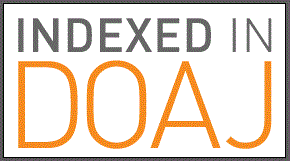Keywords
quantitative literacy, quantitative reasoning, assessment rubric, student learning
Abstract
In this third paper in a series describing the Quantitative Reasoning in the Contemporary World course, the authors provide an adaptation of the Association of American Colleges and Universities quantitative literacy VALUE rubric. Describing achievement levels in six core competencies (interpretation, representation, calculation, analysis/synthesis, and communication), the resulting Quantitative Literacy Assessment Rubric (QLAR) is applicable to grading student work and has exhibited a high degree of reliability in two separate scoring tests (97% and 88% respectively). The distribution of the six core competencies across the 24 case studies in the authors’ quantitative reasoning casebook shows that interpretation, calculation, and analysis/synthesis were present in most all of the case studies. In addition to acting as a reliable scoring tool, the QLAR can improve teaching, learning, and curricular materials.
DOI
http://dx.doi.org/10.5038/1936-4660.4.2.8
Recommended Citation
Boersma, Stuart, Caren Diefenderfer, Shannon W. Dingman, and Bernard L. Madison. "Quantitative Reasoning in the Contemporary World, 3: Assessing Student Learning." Numeracy 4, Iss. 2 (2011): Article 8. DOI: http://dx.doi.org/10.5038/1936-4660.4.2.8
Creative Commons License

This work is licensed under a Creative Commons Attribution-Noncommercial 4.0 License

